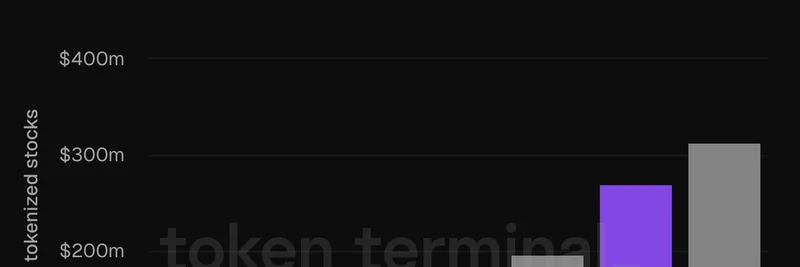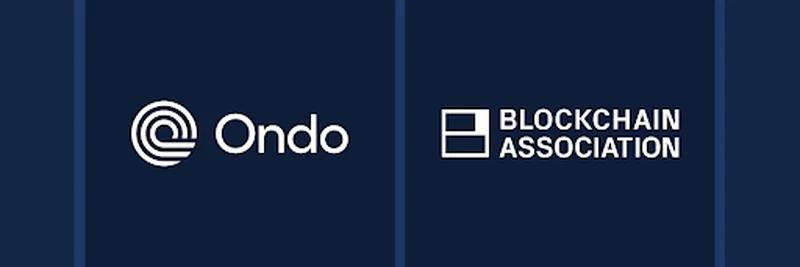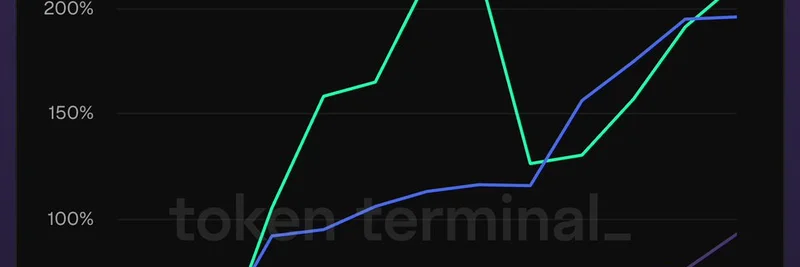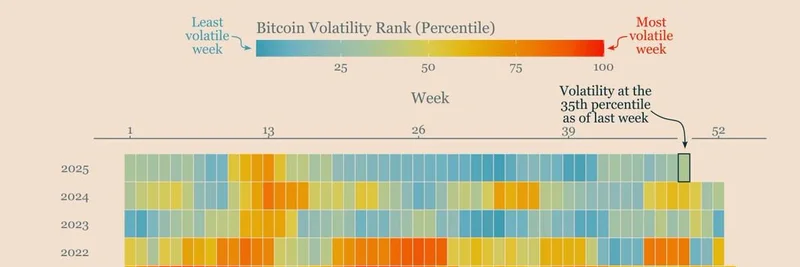BSC News recently dropped a tweet that's got the crypto crowd talking: an in-depth look at Verasity's native $VRA token. If you're not familiar, Verasity is a blockchain project tackling one of the biggest headaches in digital advertising—ad fraud. Their token, $VRA, is at the heart of it all. Let's break down what the analysis covers, why it matters, and what's got people fired up in the replies.
What is Verasity and the $VRA Token?
Verasity kicked off back in 2017 with a mission to clean up online video advertising using blockchain, AI, and machine learning. Think of it as a system that ensures ads are seen by real people, not bots, making things fairer for everyone involved—advertisers, content creators, and viewers.
The $VRA token is the fuel for this ecosystem. It started as an ERC-20 token on Ethereum but upgraded to ERC-777 in 2021 for better efficiency. Basically, ERC-777 is like an improved version of ERC-20 that allows for more advanced features, like sending tokens without needing ETH for gas in some cases. This token isn't just sitting there; it's actively used to power transactions and rewards within Verasity's platforms.
Key Use Cases for $VRA
What makes $VRA stand out isn't just hype—it's got practical applications across a few industries. Here's the rundown:
Advertising and VeraViews: Advertisers pay with $VRA to run campaigns on Verasity's ad platform, VeraViews. Creators get paid in $VRA for hosting verified ads, thanks to their Proof of View (PoV) tech, which confirms real views and cuts out fraud.
Rewarding Viewers: Through the 'Watch & Earn' program, viewers can earn $VRA just by watching videos on sites integrated with Verasity's software development kit (SDK). It's like getting paid to binge-watch, but with crypto.
Staking for Yields: If you're holding $VRA, you can stake it in the VeraWallet app and earn up to 15% annual yield until 2026. Staking means locking up your tokens to support the network, and in return, you get rewards—kind of like earning interest in a savings account.
Esports Integration: On VeraEsports, $VRA handles everything from entry fees for tournaments to prize pools and even subscriptions. It's bridging crypto with competitive gaming, which is a growing space.
These uses give $VRA a leg up over purely speculative tokens, as it ties into real economic activity in ads and entertainment.
Tokenomics: Is $VRA Built to Last?
Tokenomics is basically the economics of a crypto token—how it's supplied, distributed, and managed. For $VRA, here's the scoop:
Supply Details: The max supply caps at about 100.24 billion tokens, with a circulating supply around 9.79 billion that's actually tradeable. There's also 90 billion non-tradeable PoV Marker tokens used behind the scenes for ad verification.
Deflationary Mechanics: Verasity uses a 'buyback-and-burn' strategy to reduce supply over time. This means they buy back tokens from the market and permanently destroy (burn) them, which can help increase scarcity and potentially drive up value. A big event was the October 2023 'Warchest Burn,' where 10 billion tokens got torched after a community vote. Quarterly burns continue, with over 558 million $VRA burned so far, pushing the circulating supply below 10 billion by mid-2024.
The analysis suggests this setup is healthy because it ties burns to actual platform growth, like adoption of VeraViews. By making the token scarcer, it could support long-term value, especially as ad fraud remains a multi-billion-dollar problem that Verasity aims to solve.
Community Reactions: Hype or Hate?
The tweet didn't just share info—it sparked a storm in the replies. While some folks are curious about the burns and updates, a lot of responses are straight-up calling $VRA a scam. Comments range from "Scaaaaam" to warnings about price drops despite bull market gains in other coins like Bitcoin and Ethereum. One user pointed out $VRA's price tanking from 0.0023 to 0.0007, labeling it the "worst coin" and a "rugpull."
Others questioned missing burn data post-January 2025 or accused the team of minting tokens just to burn them. Even BSC News got heat for promoting it, with threats of reports. It's a classic crypto divide: supporters see utility in ad tech and esports, while critics focus on poor price performance and transparency concerns.
In the wild world of crypto, these reactions aren't uncommon, especially for projects that have been around since 2017. Price volatility can fuel skepticism, but Verasity's ongoing burns and platform expansions might address some of that.
Why This Matters for Crypto Enthusiasts
If you're into blockchain beyond just memes, $VRA's story shows how tokens can solve real problems like ad fraud, which costs the industry billions yearly. With plans to migrate those PoV tokens to a faster chain and expand VeraViews, Verasity could be positioning for growth. But as the community chatter shows, do your own research—check out the full analysis on BSC News and keep an eye on those burns.
Whether $VRA turns out to be a hidden gem or not, it's a reminder that in crypto, utility and community trust go hand in hand. What's your take—bullish on Verasity or steering clear?




